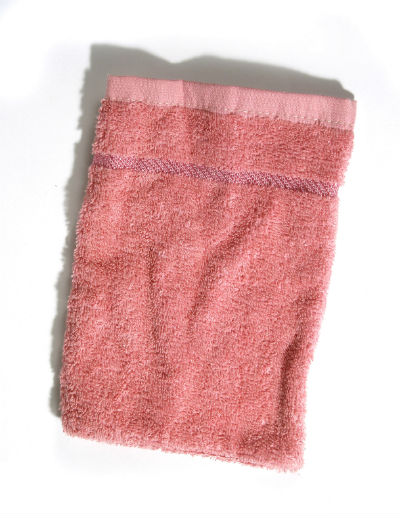 Somewhere throughout the annals of machine washing and drying history, mankind was conditioned into thinking that clean clothes lacked a certain je ne sais quoi without first being massaged with a chemical-laden solution called fabric softener.
This ritual, we were told, was imperative in order to restore the “touchability” of our linens, wardrobe staples and other respective unmentionables. Furthermore, we owed it to ourselves to indulge in what was being billed by manufacturers as a minor but exceedingly affordable fragrance luxury since we could instantly be swept away to another time and place where talking teddy bears and Technicolor rainbows reigned supreme.
For a good long while, we were sufficiently sold until they went back to the drawing board in search of an awesome new must have for our laundry needs. We were then advised to invest in “dryer balls” so that we could ensure that the fibers in our towels and clothing would stand at attention, imparting the ultimate sensation of comfort and softness that is oftentimes is lacking when liquid or fabric-impregnated softening chemicals fail to distribute effectively.
More importantly, we could reduce the likelihood of our duds succumbing to wrinkles and/or static. Oh, that was a clever hook. Of course we’d bite, because who likes ironing or having their pants cling unceremoniously to their legs? Shudder the thought!
Now, for anyone who tries to tread lightly on the planet, both purported laundry room staples possess distinctively unsustainable qualities. Fabric softener, whether in liquid or dry form, consists of a sizable laundry list of lubricating albeit disease-causing chemicals, including pentane, chloroform, limonene, ethyl acetate, alpha-terpineol, benzyl acetate, camphor and benzyl alcohol, all of which we shouldn’t be inhaling or putting on our skin. When this solution is then poured onto disposable dryer sheets, you have an obvious added waste factor.
Additionally, typical spiny-tipped dryer balls may seem innocuous enough, but since they’re made of PVC, the petroleum-based material ultimately off-gases when exposed to heat and has also been known to break down in just a few weeks, leaving your momentarily clean clothes unwittingly texturized with bits of plastic.
Using fabric softener and dryer balls may be a laundry room ritual that you’re absipositivelutely not willing to part with, and that’s OK, because there is a greener alternative, one that will especially appeal to the crafty set.
Somewhere throughout the annals of machine washing and drying history, mankind was conditioned into thinking that clean clothes lacked a certain je ne sais quoi without first being massaged with a chemical-laden solution called fabric softener.
This ritual, we were told, was imperative in order to restore the “touchability” of our linens, wardrobe staples and other respective unmentionables. Furthermore, we owed it to ourselves to indulge in what was being billed by manufacturers as a minor but exceedingly affordable fragrance luxury since we could instantly be swept away to another time and place where talking teddy bears and Technicolor rainbows reigned supreme.
For a good long while, we were sufficiently sold until they went back to the drawing board in search of an awesome new must have for our laundry needs. We were then advised to invest in “dryer balls” so that we could ensure that the fibers in our towels and clothing would stand at attention, imparting the ultimate sensation of comfort and softness that is oftentimes is lacking when liquid or fabric-impregnated softening chemicals fail to distribute effectively.
More importantly, we could reduce the likelihood of our duds succumbing to wrinkles and/or static. Oh, that was a clever hook. Of course we’d bite, because who likes ironing or having their pants cling unceremoniously to their legs? Shudder the thought!
Now, for anyone who tries to tread lightly on the planet, both purported laundry room staples possess distinctively unsustainable qualities. Fabric softener, whether in liquid or dry form, consists of a sizable laundry list of lubricating albeit disease-causing chemicals, including pentane, chloroform, limonene, ethyl acetate, alpha-terpineol, benzyl acetate, camphor and benzyl alcohol, all of which we shouldn’t be inhaling or putting on our skin. When this solution is then poured onto disposable dryer sheets, you have an obvious added waste factor.
Additionally, typical spiny-tipped dryer balls may seem innocuous enough, but since they’re made of PVC, the petroleum-based material ultimately off-gases when exposed to heat and has also been known to break down in just a few weeks, leaving your momentarily clean clothes unwittingly texturized with bits of plastic.
Using fabric softener and dryer balls may be a laundry room ritual that you’re absipositivelutely not willing to part with, and that’s OK, because there is a greener alternative, one that will especially appeal to the crafty set.
.